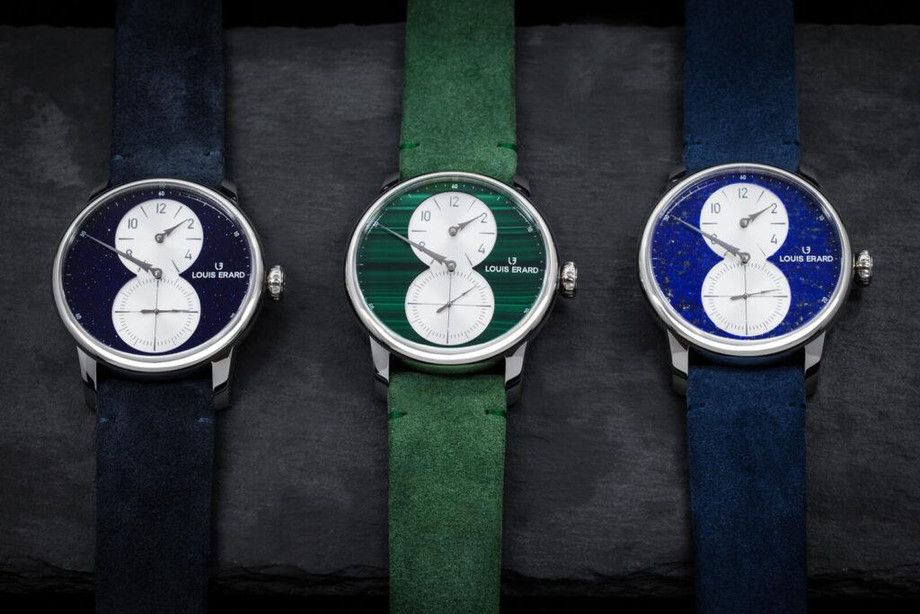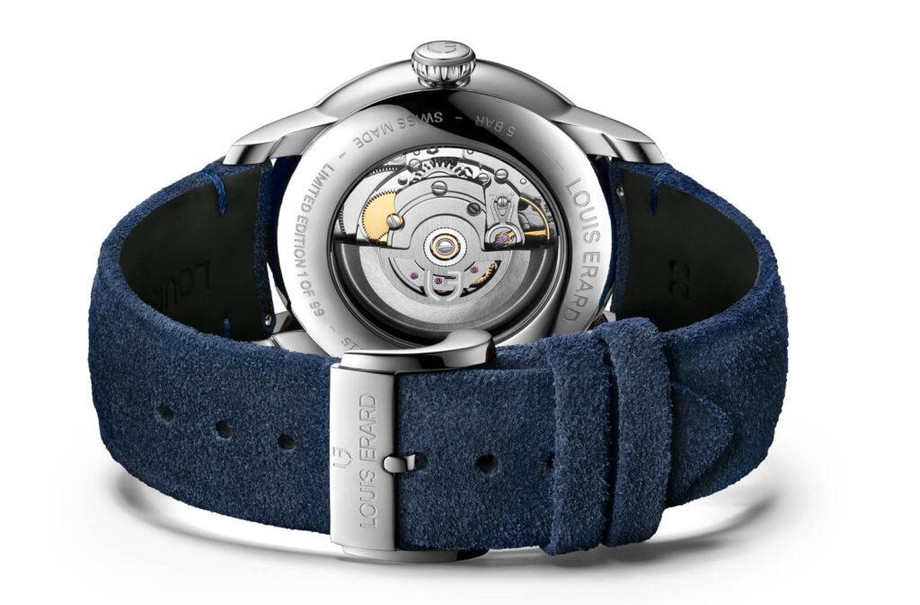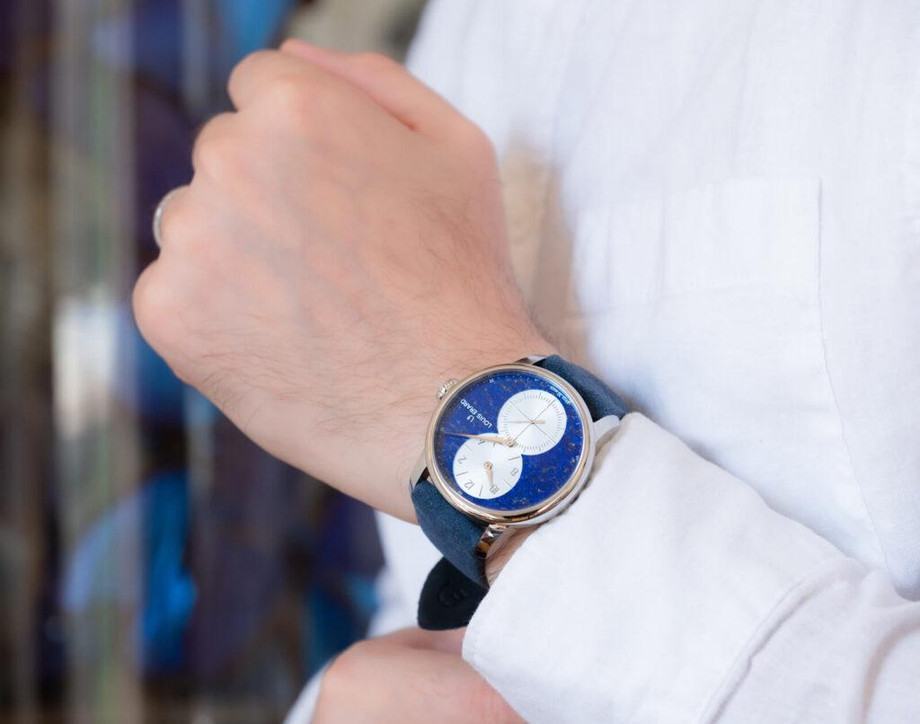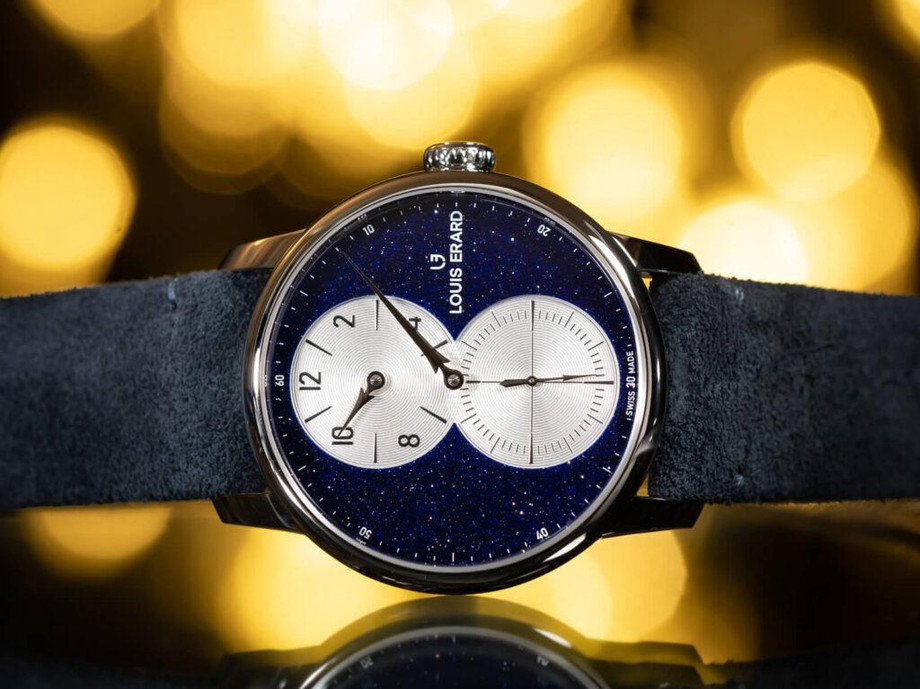Introduction
Regulator clocks first came to prominence in England in the 1700s. Perhaps the most famous early example was produced by Benjamin Vulliamy, to whom George III had bestowed the prestigious title ‘The King’s Clockmaker’. Vuilliamy was subsequently commissioned to produce a Regulator clock around 1780. Once finished, it took pride of place in the Kings Observatory in Kew and kept official London time until 1884 before responsibility for timekeeping moved to the Greenwich Royal Observatory.
Effectively, the regulators were precision pendulum clocks and supremely accurate for their day. Some of the finest examples recorded a deviation of just ten seconds per month. Wherever timing precision was required, such as railways, observatories and horological workshops, the regulators would act as ‘Parent’ clocks from which all other timepieces would take their reference. To ensure their accuracy, they were weight rather than spring driven, thereby delivering consistent power as well as requiring less maintenance. Aesthetically, they differed from regular clocks in that their hours and minutes were indicated on separate dials, making them more legible and, therefore, easier to read.
In wristwatches, the regulator is a far more recent proposition. Some examples had been made by a few brands, albeit in small numbers, but in 1987, Gerd Rüdiger Lang spotted an opportunity to produce regulators in greater numbers under his Chronoswiss brand. Since he popularised this style of watch, a number of other brands have followed, with Louis Erard perhaps being the most noteworthy.
Back in 2011, the Swiss firm launched its ‘Excellence’ collection to mark its 80th anniversary of making mechanical watches. The ‘Excellence’ showcases the brand’s finest creations, where complications and collaborations deliver a contemporary interpretation of horological history. Appropriately, this collection is home to the Maison’s ‘Régulateur’ models, which, in recent years, have become an integral part of the brand’s DNA.
Not only are regulators a popular choice with consumers, Louis Erard pieces are fast gaining an enviable reputation throughout the watch industry. In what has become a significant year for the brand, its reputation has recently been enhanced thanks to three worthy nominations for this year’s the Grand Prix d’Horlogerie de Genève (GPHG). Two contemporary collaborations with architect turned watch designer Alain Silberstein and a stunning regulator produced with horological genius, Vianney Halter, will see the brand centre stage at the annual watch Oscars.
Building on this achievement, the brand’s designers have created ‘Le Régulator’ in three new iterations which are inspired by fine stone and glass. Furthermore, these new models embrace two ‘on trend’ colours of the moment, namely, blue and green.
Dial
For each of the pieces, the Jura-based Maison has used the same tried and tested template used on previous models. Employing a two-layered design, the hour and small seconds dials are printed in matt silver opaline and recessed beneath the stone outer. With strict attention to detail, concentric circular (snailed) finishing combines with applied markers and Arabic numerals to stunning effect, creating a decorative elegance one would expect to see on watches costing significantly more.
As stated previously, green is currently one of the market’s hottest dial colours, and ‘Le Régulator Malachite’ is surely one of today’s most striking examples. The more one stares at the dial, the more a spectrum of emerald, ivy, jade, pea and lime seem to play in the light. The watch world is no stranger to Malachite, indeed, many of the most recognised luxury marques have used it with some success, however, some executions have been somewhat polarising. A dial so full of this stone can risk overpowering the appearance of the watch. The vivid green lines of Le Régulator, however, share the stage with the figure of eight opaline subdials, resulting in a harmonious and balanced composition.
Louis Erard has long been inspired by the magic of the l’heure bleue, the time of day between the dead of night and the dawn of a new day. In a shade of blue, reminiscent of tones from the French artist Yves Klein, the ‘Le Régulator Lapis Lazuli’ displays flecks of silicate that naturally punctuate the dial and add a pleasing texture.
Completing the trio is the striking deep blue of Aventurine. Much in favour in recent years, watch designers and collectors are mesmerised by its appearance. Its tiny silvery sparkles give the semblance of a meteor shower on a tenebrous night sky above the Swiss Jura mountains. Said to bestow confidence and courage to its owner, hence, aventurine is more than just aesthetically pleasing. It is likely that the ninety-nine pieces of ‘Louis Erard Excellence Régulateur Aventurine’ will be in much demand and probably the most popular of the three limited editions.
The time is indicated with silver-toned, slim and elegant hands. Both the central minute hand and subsidiary hour hand are fashioned into a fir tree shape, seemingly unique to Louis Erard, whereas the small seconds hand is arrow tipped.
Case
The stainless-steel case of each model is highly polished and measures 42mm in diameter with a thickness of 12.5mm. Despite being larger than most modern-day watches, the case affords a comfortable fit, courtesy of its short lugs which coax the strap to encircle the wrist.
The domed sapphire crystal top is treated with anti-reflective coating on both sides, ensuring the dials are shown in all their glory. On the reverse, an exhibition caseback provides sight of the movement. Water resistance is rated at a commendable 50 metres, although I suspect few owners will test this.
Movement
Powering the Louis Erard Excellence Régulateur Aventurine et al is the Sellita SW266-1 calibre. Having built a strong reputation for highly reliable movements over many years, Sellita supplies a multitude of brands. Its movements have long been favoured by Louis Erard, enabling them to deliver reliability coupled with keen pricing.
The finishing is minimal as one would expect given the modest pricing of the watch. However, it is pleasing to see the firm’s logo on the rotor. The thirty-one jewelled movement beats at 4Hz (28,800 VpH) and will run autonomously for approximately 38 hours once fully wound.
Strap
Colour co-ordinated straps accompany each of the collections. ‘Oceana’ blue complements the Lapis Lazuli dial, a few shades lighter than the ‘Deep’ navy blue of the Aventurine, while the Malachite is paired with rich ‘Basilico’ green. Each is crafted from soft and tactile nubuck leather, sports tone-on-tone stitching and is paired with a polished stainless steel pin and buckle. The lug width is 22mm and in the unlikely event of owners wishing to switch their straps, they have a quick-release mechanism, facilitating changes without the need for tools.
Closing thoughts
In the luxury world, where prices often seem to defy logic, it is refreshing to see such exceptional value for money. The brand has clearly hit the sweet spot of ‘entry level’ luxury and is rightly getting recognition for the value it delivers. Louis Erard has bolstered the Excellence Régulateur collection with this fabulous trio.
I suspect these models are likely to attract more admirers to the Maison. Indeed, the combination of an ‘out of the ordinary’ regulator dial combined with natural stone or artisanal glass makes a compelling case for acquisition.
With this year’s GPHG nominations giving the brand another good reason to celebrate, Louis Erard looks set to prosper.





